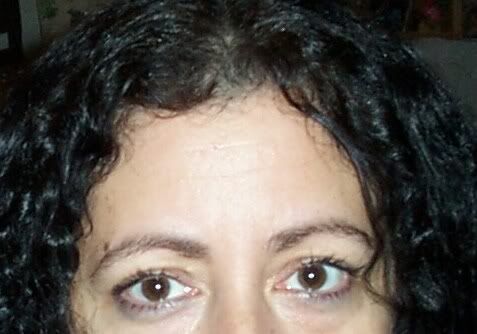
November 14, 2008
Report Sees New Pollution Threat
By ANDREW JACOBS
BEIJING — A noxious cocktail of soot, smog and toxic chemicals is blotting out the sun, fouling the lungs of millions of people and altering weather patterns in large parts of Asia, according to a report released Thursday by the United Nations.
The byproduct of automobiles, slash-and-burn agriculture, cooking on dung or wood fires and coal-fired power plants, these plumes rise over southern Africa, the Amazon basin and North America. But they are most pronounced in Asia, where so-called atmospheric brown clouds are dramatically reducing sunlight in many Chinese cities and leading to decreased crop yields in swaths of rural India, say a team of more than a dozen scientists who have been studying the problem since 2002.
“The imperative to act has never been clearer,” said Achim Steiner, executive director of the United Nations Environment Program, in Beijing, which the report identified as one of the world’s most polluted cities, and where the report was released. The brownish haze, sometimes in a layer more than a mile thick and clearly visible from airplanes, stretches from the Arabian Peninsula to the Yellow Sea. During the spring, it sweeps past North and South Korea and Japan. Sometimes the cloud drifts as far east as California.
The report identified 13 cities as brown-cloud hotspots, among them Bangkok, Cairo, New Delhi, Seoul and Tehran.
It was issued on a day when Beijing’s own famously polluted skies were unusually clear. On Wednesday, by contrast, the capital was shrouded in a thick, throat-stinging haze that is the byproduct of heavy industry, coal-burning home heaters and the 3.5 million cars that clog the city’s roadways.
Last month, the government reintroduced some of the traffic restrictions that were imposed on Beijing during the Olympics; the rules forced private cars to stay off the road one day a week and sidelined 30 percent of government vehicles on any given day. Overall, officials say the new measures have removed 800,000 cars from the roadways.
According to the United Nations report, smog blocks from 10 percent to 25 percent of the sunlight that should be reaching the city’s streets. The report also singled out the southern city of Guangzhou, where soot and dust have dimmed natural light by 20 percent since the 1970s.
In fact, the scientists who worked on the report said the blanket of haze might be temporarily offsetting some warming from the simultaneous buildup of greenhouse gases by reflecting solar energy away from the earth. Greenhouse gases, by contrast, tend to trap the warmth of the sun and lead to a rise in ocean temperatures.
“All of this points to an even greater and urgent need to take on emissions across the planet,” Mr. Steiner said.
Climate scientists say that similar plumes from industrialization of wealthy countries after World War II probably blunted global warming through the 1970s. Pollution laws largely removed that pall.
Rain can cleanse the skies, but some of the black grime that falls to earth ends up on the surface of the Himalayan glaciers that are the source of water for billions of people in China, India and Pakistan. As a result, the glaciers that feed into the Yangtze, Ganges, Indus and Yellow rivers are absorbing more sunlight and melting more rapidly, researchers say.
According to the Chinese Academy of Sciences, these glaciers have shrunk by 5 percent since the 1950s and, at the current rate of retreat, could shrink by another 75 percent by 2050.
“We used to think of this brown cloud as a regional problem, but now we realize its impact is much greater,” said Veerabhadran Ramanathan, who led the United Nations scientific panel. “When we see the smog one day and not the next, it just means it’s blown somewhere else.”
Although the clouds’ overall impact is not entirely understood, Mr. Ramanathan, a professor of climate and ocean sciences at the University of California, San Diego, said they might be affecting precipitation in parts of India and Southeast Asia, where monsoon rainfall has been decreasing in recent decades, and central China, where devastating floods have become more frequent.
He said that some studies suggest that the plumes of soot that blot out the sun have led to a 5 percent decline in the growth rate of rice harvests across Asia since the 1960s.
For those who breathe the toxic mix, the impact can be deadly. Henning Rodhe, a professor of chemical meteorology at Stockholm University, estimates that 340,000 people in China and India die each year from cardiovascular and respiratory diseases that can be traced to the emissions from coal-burning factories, diesel trucks and kitchen stoves fueled by firewood.
“The impacts on health alone is a reason to reduce these brown clouds,” he said, adding that in China, about 3.6 percent of the nation’s annual gross domestic product, or $82 billion, is lost to the health effects of pollution.
Andrew C. Revkin contributed reporting from New York
Copyright 2008 The New York Times Company



No comments:
Post a Comment